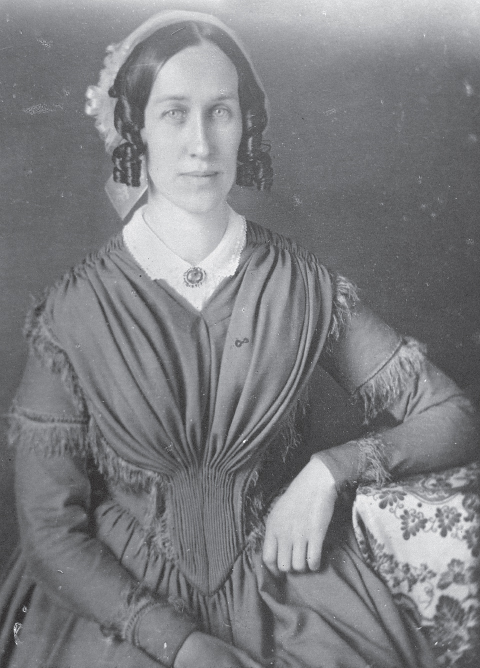Exploring American Histories: Printed Page 376
Exploring American Histories, Value Edition: Printed Page 313
Bleeding Kansas and the Election of 1856

The 1854 congressional elections exacerbated sectional tensions by bringing representatives from a strictly northern party—the Republicans—into Congress, where Democrats and Southerners, by virtue of their seniority, controlled most of the powerful committee assignments. But the conflicts over slavery reached far beyond the nation’s capital. After passage of the Kansas-Nebraska Act, advocates and opponents of slavery poured into Kansas in anticipation of a vote on whether the state would enter the Union slave or free. Southerners flooded in from Missouri, while emigrant aid societies in the North funded antislavery settlers willing to relocate to Kansas.
As Kansas prepared to hold its referendum, settlers continued to arrive daily, making it difficult to determine who was eligible to vote. In 1855 Southerners installed a proslavery government at Shawnee Mission, while abolitionists established a stronghold in Lawrence. Violence erupted when proslavery settlers invaded Lawrence, killing one resident, demolishing newspaper offices, and plundering shops and homes. Fearing that the southern settlers who had come to Kansas were better armed than the antislavery Northerners in the territory, eastern abolitionists raised funds to ship rifles to Kansas. The Reverend Henry Ward Beecher of Brooklyn, a popular preacher and leading abolitionist, advocated armed self-defense. As cases of Sharps rifles arrived in Kansas, they came to be known as Beecher’s Bibles.
Longtime abolitionist John Brown took more direct action. He joined four of his sons already living in Kansas and, with two friends, kidnapped five proslavery advocates from their homes along Pottawatomie Creek and hacked them to death. The so-called Pottawatomie Massacre infuriated southern settlers; in response, they drew up the Lecompton Constitution, which declared Kansas a slave state. President Pierce made his support of the proslavery government clear, but Congress remained divided. While Congress deliberated, armed battles continued. In the first six months of 1856, another two hundred settlers were killed in what became known as Bleeding Kansas.
Fighting also broke out on the floor of Congress. Republican senator Charles Sumner of Massachusetts delivered an impassioned speech against the continued expansion of what he termed the Slave Power. He launched scathing verbal attacks on planter politicians like South Carolina senator Andrew Butler, who supported the admission of Kansas as a slave state. Butler’s nephew, Preston Brooks, a Democratic member of the House of Representatives, felt compelled to redress his family’s honor. He assaulted Sumner in the Senate chamber, beating him senseless with a cane. Sumner, who never fully recovered from his injuries, was considered a martyr in the North. Meanwhile Brooks was feted across the state of South Carolina.
Explore
See Document 12.5 for one cartoonist’s portrayal of the Kansas-Nebraska Act.
The presidential election of 1856 began amid an atmosphere poisoned by violence and recrimination. The Democratic Party nominated James Buchanan, a proslavery advocate and longtime party stalwart from Pennsylvania. The young Republican Party ticket was headed by John C. Frémont. The American Party, in its final presidential contest, selected former president Millard Fillmore as its candidate. The strength of nativism in politics was waning, however, and Fillmore won only the state of Maryland. Frémont attracted cheering throngs as he traveled across the nation. Large numbers of women turned out to see Jessie Frémont, the first national candidate’s wife to play a significant role in a campaign. Frémont carried most of the North and the West, establishing the Republican Party’s dominance in those regions. Buchanan, claiming that he alone could preserve the Union, captured the South along with Pennsylvania, Indiana, and Illinois. Although Buchanan won only 45.2 percent of the popular vote, he received a comfortable majority in the electoral college, securing his victory. But even as the nation was becoming increasingly divided along sectional lines, President Buchanan did little to resolve these differences.